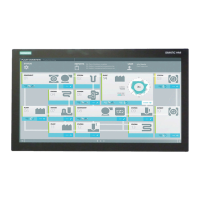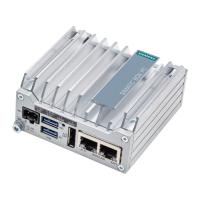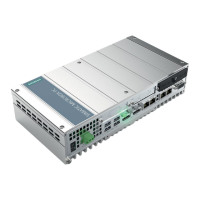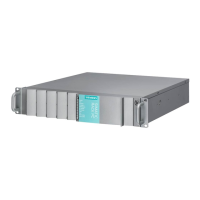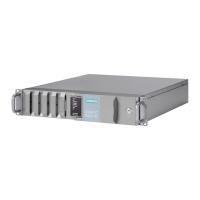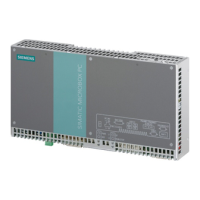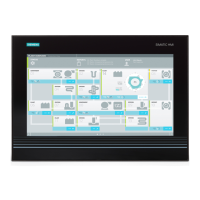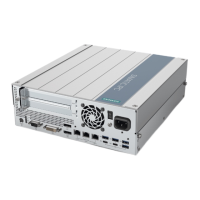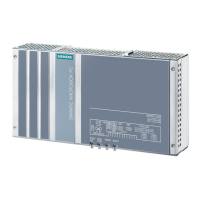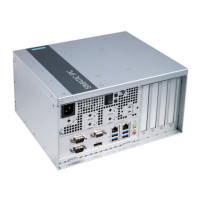What to do if Siemens SIMATIC IPC PX-39A is not operational?
- XxfordAug 5, 2025
If your Siemens Industrial PC is not operational, first check the power supply, power cord, and power plug to ensure they are properly connected and functioning. Also, verify that the device is operating within the specified ambient conditions. If the device was transported in cold weather, wait approximately 12 hours before switching it on.
